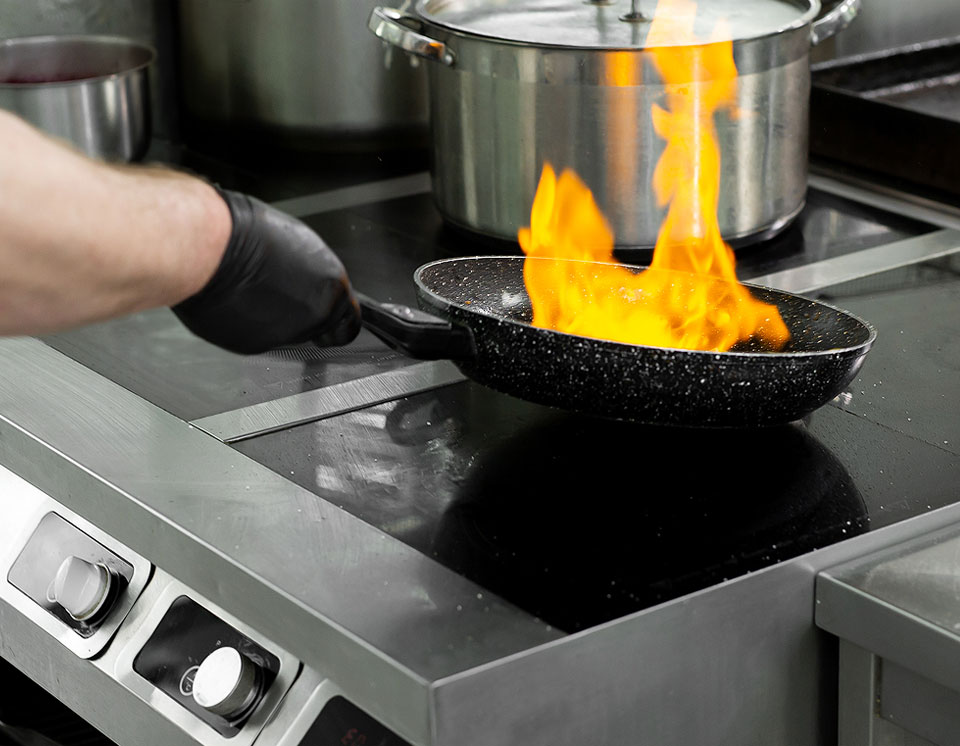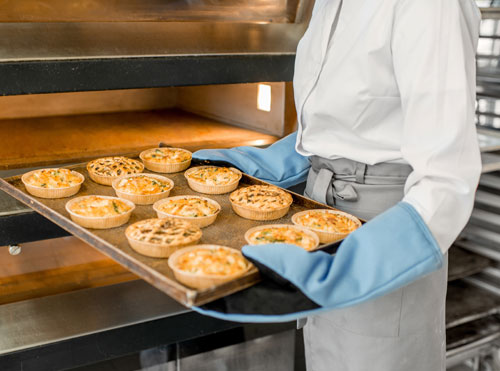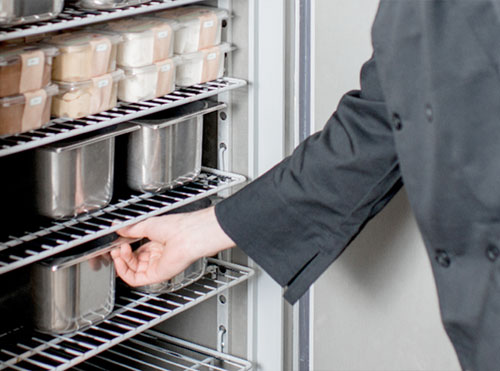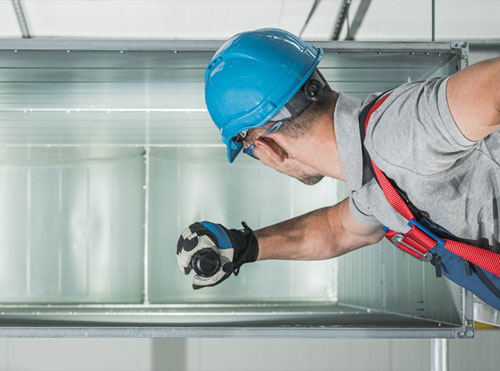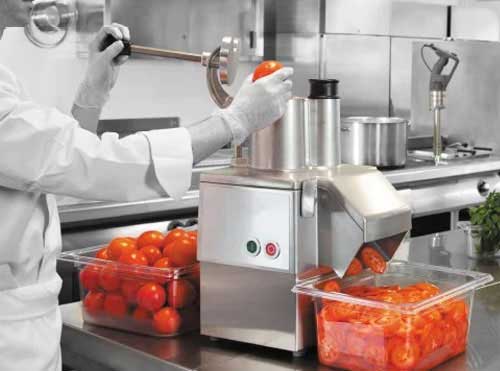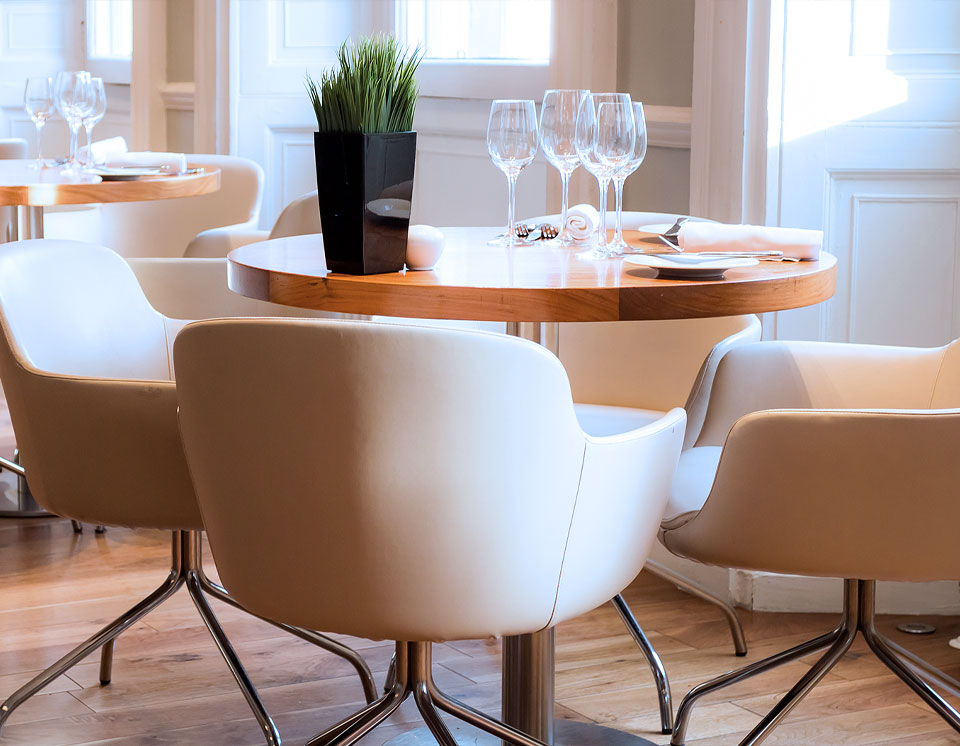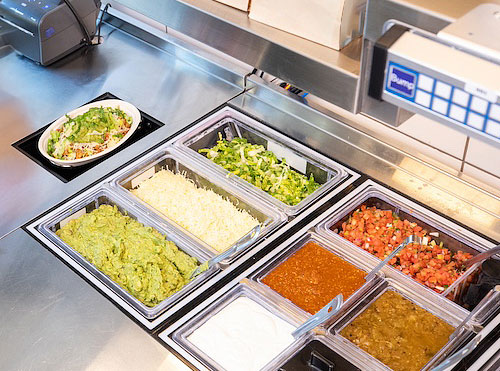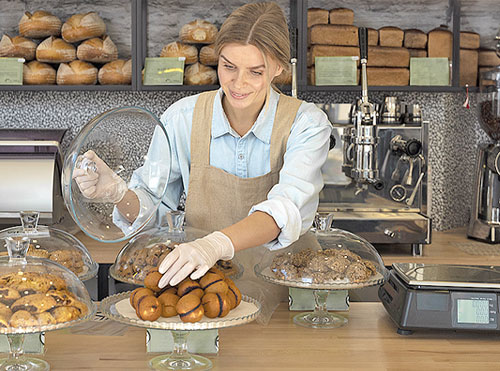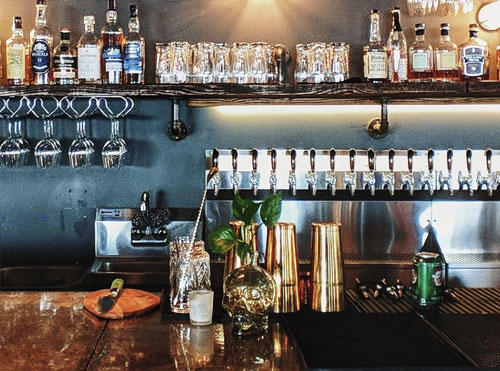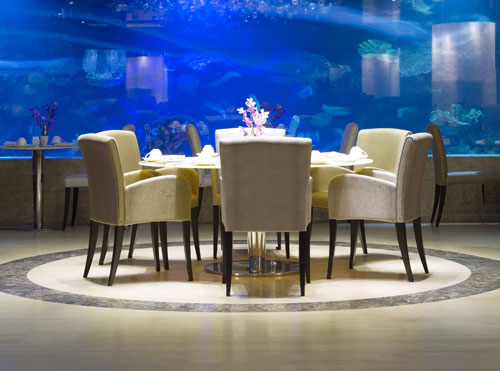
We’ve had calls from customers looking for help and advice on shutting down their kitchens properly. Please take a moment to read the guidelines below and if you need help from us please call.
Introduction
Due to the Covid-19 pandemic many kitchens will be closed down or mothballed and the following is advice on the actions and precautions that should be taken.
Refrigerators
- Remove any remaining foodstuff and dispose or reallocate as appropriate.
- Isolate from electrical supply and remove plug from socket
- Clean internal surfaces with sanitiser solution
- Ensure that any sanitiser is subsequently washed off with clean fresh water
- Dry down interior as much as practically possible
- Leave the door ajar to allow air to circulate within the interior – tea towel or similar can be used to maintain air gap
Freezers
- Remove any remaining foodstuff and dispose as appropriate.
- Isolate from electrical supply
- Open the door to defrost and allow to return to room temperature, approx. 1 hour.
- Clean internal surfaces with sanitiser solution
- Ensure that any sanitiser is subsequently washed off with clean fresh water
- Dry down interior as much as practically possible
- Leave the door ajar to allow air to circulate within the interior – tea towel or similar can be used to maintain air gap
Cooking and Heating Equipment
Gas fired equipment
Assuming that the kitchen has a gas interlock system, meaning that if the extraction is off the electric solenoid valve closes and isolates the kitchen gas supply, it should be safe to leave. If in doubt, there should be a manual isolation valve where the gas pipe enters the kitchen that should be turned to off/closed.
When the kitchen is re-opened, recommend having the gas appliances all checked at start up to ensure there are no gas leaks. As appliances sit unused and at atmospheric pressure, joints and seals can settle and may weep gas.
Electrically powered equipment
All electrically powered equipment should be isolated either by unplugging or at the isolator. Items that are connected by a 13amp plug and socket should be unplugged with the exception of fly killers which should be left on.
Dishwashers
The process is the same for the range of machines from Undercounter, Passthrough, Rack and Flight.
- Drain the machine
- Clear any debris
- Remove and clean filters
- Replace filters
- Refill machine
- Complete one full wash and rinse cycle (this will leave clean water in the wash pump if it doesn’t drain i.e. undercounter machines)
- Drain the machine
- Leave the doors open, as this will reduce the likelihood of bacteria growth.
Other equipment using water
Combi ovens and Steaming ovens
Combi ovens and Steaming ovens should be cleaned down as normal and drained and the doors left open and then treated as suggested for Gas or Electrically powered equipment.
Water boilers
Should be drained down and isolated.
Prewash sprays
If it is feasible (i.e. that staff are able to access the kitchen) the prewash spray should be operated once a week for at least ten minutes to minimise the possibility of bacteria building up.
Water systems generally
In general, systems should normally be left filled with water for mothballing and not be drained down as moisture will remain within the system enabling biofilm to develop where there are pockets of water or high humidity. The water in the system also helps to avoid other problems associated with systems drying out, including failure of tank joints and corrosion in metal pipework.
Where a building, part of a building or a water system is taken out of use, sometimes (mothballed), it should be managed so that microbial growth including legionella in the water is appropriately controlled. The systems should be recommissioned as though they were new (i.e. thoroughly flushed, cleaned and disinfected) before returned to use.
Legionella
The Legionella bacteria can only exist in water between temperatures of 20°C and 60°C and is transmitted in water droplets. This means that any equipment that heats water above 60°C will automatically kill off any possible bacteria when next used.
If dishwashers have steam to cold water heat exchangers used to preheat the incoming cold water, there is always a possibility of bacteria surviving when the machine is in use, however, if it is left unused for a period, any water remaining on the Steam side of the heat exchanger will quickly dry out and this will kill the bacteria.
Guidance Document No 30: Decommissioning a Commercial Kitchen – Download

